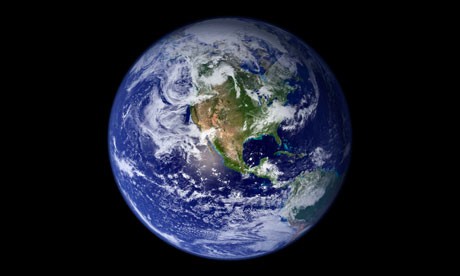Scientists have discovered a core inside the Earth's inner core. They used data from earthquakes to discover a core of iron crystals exists in the inner-inner core of the Earth.
While Jules Verne's "A Journey to the Centre of the Earth" is entertaining, it defies the laws of physics. Tunneling to Earth's center is simply impossible.
The scientists who made the discovery were Xiaodong Song, an Illinois geology professor; and Simon Redfern, a professor at the University of Cambridge. They recently published a paper in Nature Geoscience about their discovery of the core, according to The Star.
Song and Redfern discovered the innermost core of the Earth consists of east-west ice crystals. There are also north-south crystals that surround these crystals.
Redfern explained the Earth's core must be observed indirectly. It's only possible to dig down about 10 kilometers from the Earth's surface.
Therefore, scientists must observe the effects of earthquakes. He compared it to the use of CT scans to study the brain's interior.
If one could dig to the Earth's core, he would reach the outer core about halfway to the center. The digger would tunnel through the inner core during the last 1,300 km.
Some scientists believe the Earth's solid inner core started growing one billion years ago. This happened as the molten core gradually became solid. It grows about .5 mm yearly, according to the BBC.
This situation was ideal for crystallization. The crystals eventually formed the metallic inner core.
The middle of the inner core is likely the oldest part of the Earth's core. Meanwhile, the outermost part is still solidifying, so it is the most recent part.



























